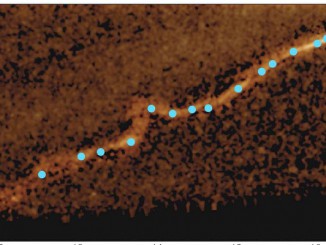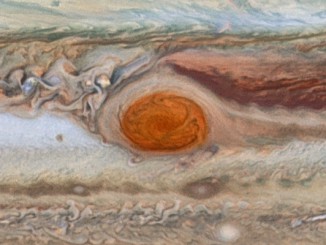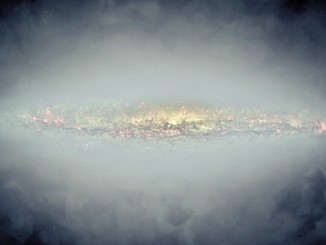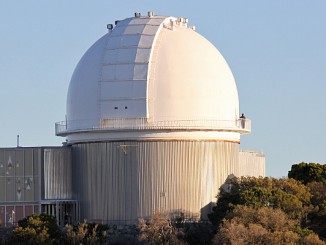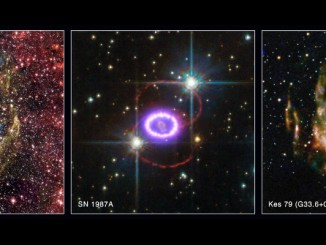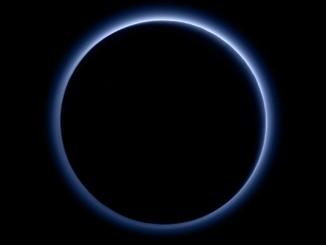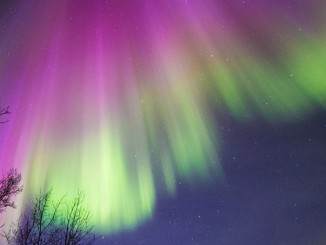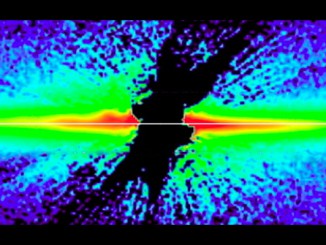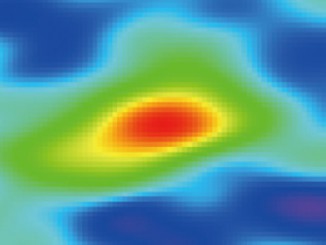
ALMA unveils rapid star formation in distant galaxies
In general, the larger a galaxy’s mass, the higher its rate of forming new stars. However, every now and then a galaxy will display a burst of newly-formed stars that shine brighter than the rest. Researchers using the Atacama Large Millimetre Array (ALMA) have found that galaxies forming stars at extreme rates 9 billion years ago were more efficient than average galaxies today.

